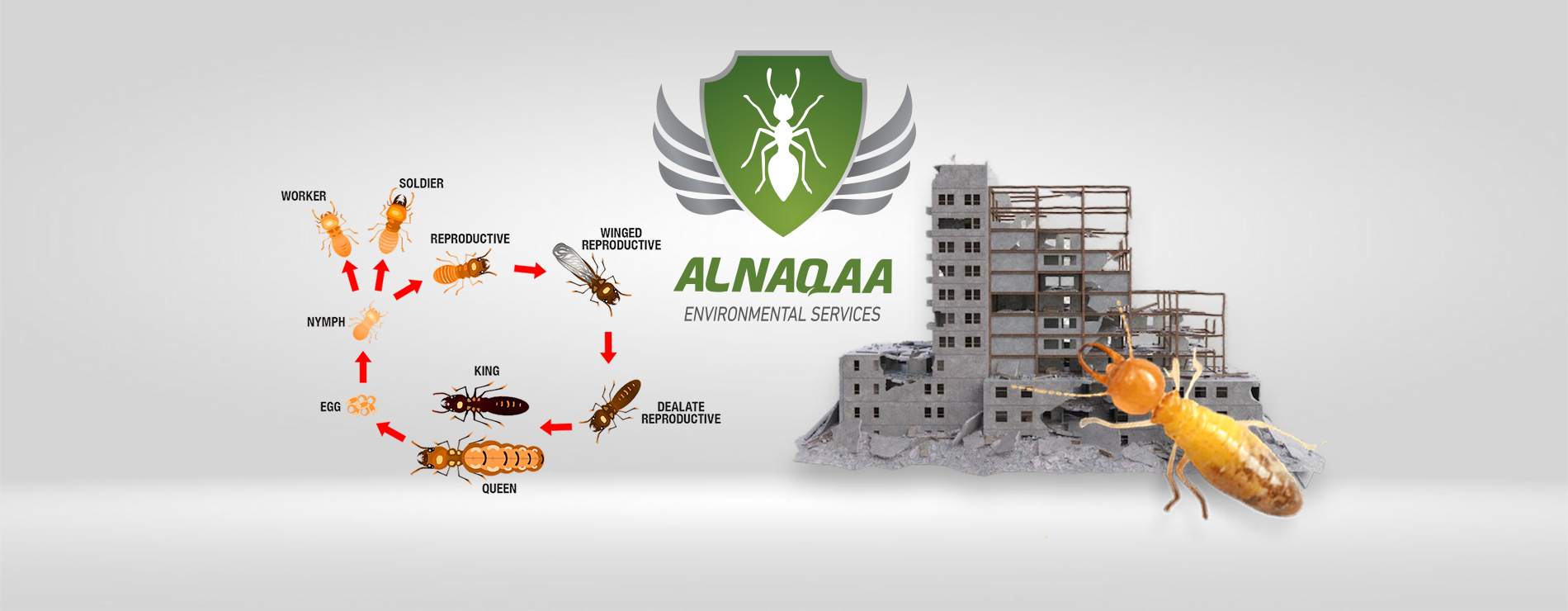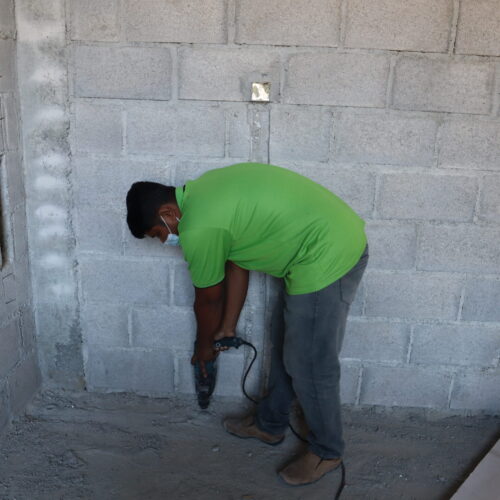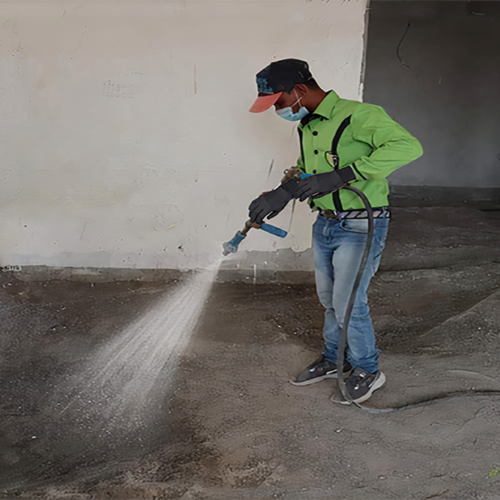
Everything you need to know to prevent termite colonies
Evidence of Termites
Termites can typically reside on your land or within your home for a long time before being discovered. Whether its drywood termites, which dig deep within wooden structures, or subterranean termites, which live underground, these inconspicuous intruders can be difficult to detect before major damage has been done. It’s critical to recognise warning symptoms as soon as possible to help limit damage to a minimum.
Termite infestations can jeopardise a home’s structural stability and inflict thousands of dollars in damage without anybody knowing. To maintain the property safe from termites, a licenced pest professional should do a termite inspection every one to three years. However, there are some red signals that indicate the existence of termites that homeowners should be aware of on a frequent basis.
Therefore, Al-Naqa Environmental Services and Public Health Company is keen to provide periodic examination services, supervision and prediction of all harmful insect species through a group trained in diagnosing different types of insect infestations, which differ from one insect to another.Anti-termite treatment is a chemical method performed on masonry, soil, electrical fixtures and wood prior to construction to offer a chemical barrier against subterranean termites.
In this article, Al-Naqaa Environmental Services Company presents a scientific and comprehensive discussion of anti-termite chemicals, pre-construction treatment, preventive methods, safety, and the benefits and drawbacks of anti-termite treatment.
Anti-Termite Treatment Prior to Construction
The pre-construction anti-termite treatment process is outlined below:
- The sides and bottom surface of the foundation trenches and pits are treated with an anti-termite chemical to a height of about 30cm at a rate of 5 Lit. per square metre of surface area.
- The soil surface is first cleaned of any timber and other waste particles before being prepared for flooring.
- Level the entire surface to the appropriate elevation.
- Holes of 30 cm depth are drilled at 15 cm intervals.
- By adding water to the chemical, an emulsion of the proper concentration (as specified by the manufacturer) is created.
- This emulsion will be put into the holes with jars and sprayed on the surface with pressure pumps and sprayers.
- The chemical is allowed to completely seep through the openings.
For termite-prone locations, anti-termite treatment must be performed by an approved specialized agency. Al Naqaa Public Health Pest Control Company owns a distinguished group of specialists and technicians trained to conduct all these preventive operations
Treatment for termites on woodwork
For therapy reasons, woodwork can be divided into the following categories:
- It has been irreparably damaged by termites and must be replaced.
- The timber has been irreparably damaged by termites. As a result, they must be replaced.
- Before using fresh wood, it must be chemically treated by being soaked in a mixture of kerosene and mineral oil at least twice.
- On any damaged woodwork that does not require replacement, the following measures must be followed: Infested woodwork in the purlins, frame, joints, and so on that is in contact with either the walls or the flooring. They will be provided a protective role by having holes drilled into them at an angle that slopes downward towards the middle of the woodwork. These holes should span the whole structure and have a center-to-center distance of at least 150 mm.
- If the wood has not been varnished or painted, two coats of the chemical must be applied to all surfaces adjacent to the masonry.
Treatment for termites: on electrical fixtures
- If there is evidence of an infestation in an electrical fixture, such as a switch box, a panel, or the wiring in the wall, the switch box covers must be removed and the insides of the boxes inspected.
- It is advised to liberally apply a dusting powder containing 5% malathion or chlorpyrifos on them. The switchboards should be readjusted once the powder has been applied.
Anti-termite treatment: How to Keep Termites out of Your Furniture
- Make certain that none of your furnishings come into contact with wetness.
- It is recommended that you apply aloe vera gel to your hardwood furniture on a regular basis since it functions as a protective layer.
- Invest in a wood polish and have it applied by a professional to all of your wooden furniture.
- It is critical to remove any wooden things from your home that are no longer needed because they may act as a bug breeding ground.
- If you reside in a coastal city, you should have qualified specialists who apply chemical treatments on a regular basis. This is provided by AL Naqaa Company for insect pest control.
Anti-termite treatment: Mistakes to avoid
- In order for the treatment to be effective, the prescribed amount of pesticide must be administered to each individual portion of the treated area.
- The barrier should be complete and unbroken under the entire building that has to be protected.
- The barrier or treated soil should completely ring each foundation and be in close contact with the foundation.
- No employees should be allowed to enter the plots while the treatment is being performed.
- Never store or keep insecticides in containers that are no longer in use.


Advantages of Pre-Construction Termite Treatment
- It is less expensive. When compared to post-construction treatment, the stages involved in pre-construction treatment are less. As a result, the anti-termite treatment is less expensive.
- Fewer Roadblocks. There are less hurdles in the case of pre-construction anti-termite treatment. Building components such as walls allow for easier access to every nook and cranny of the structure without any barriers.
- Prevention is preferable to cure. Choosing post-construction anti-termite treatment may be too late because termites may have already begun destroying the foundation, walls, or timber components in your home. Pre-construction treatment is recommended to remove the termite infestation from its source.
Disadvantages of Termite Control
- Anti-termite treatment can contaminate water in places near streams or wetlands.
- Drilling into regions with termite evidence or concrete may be required, reducing the strength of the member or structure.
- Any minor oversight or omission can result in future infestation difficulties.



